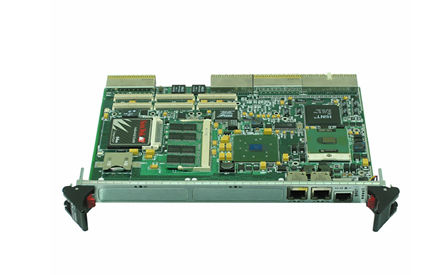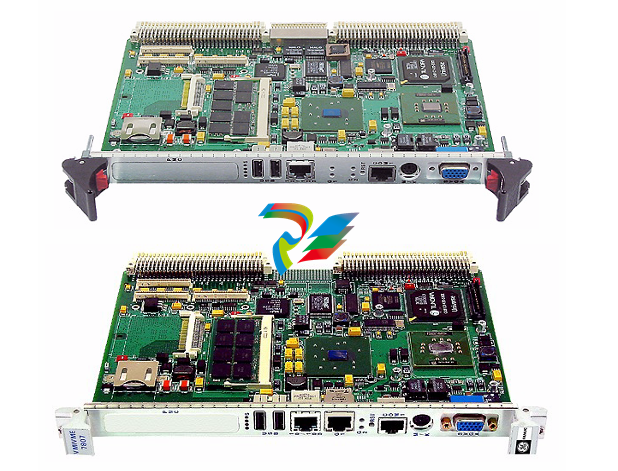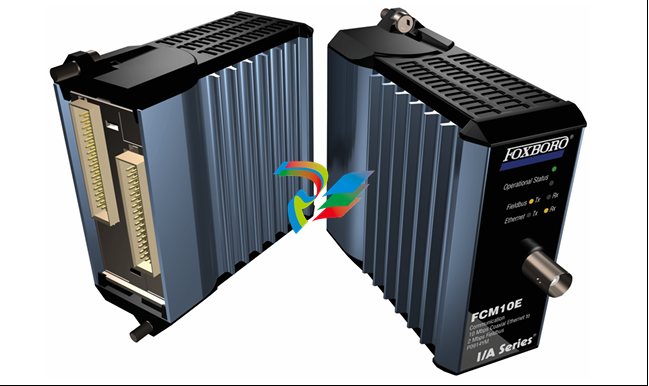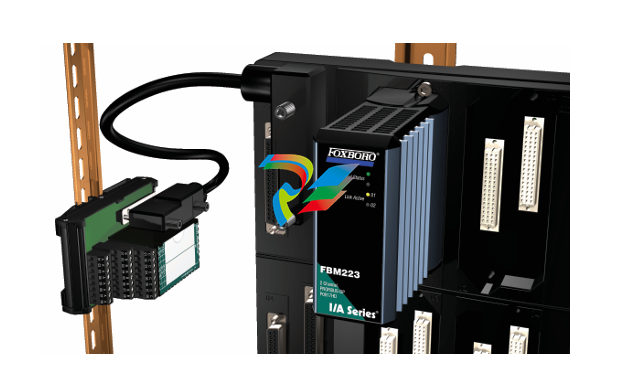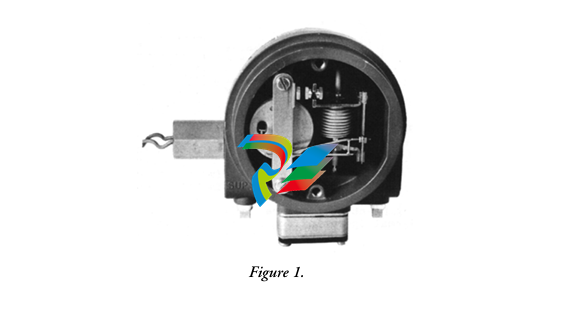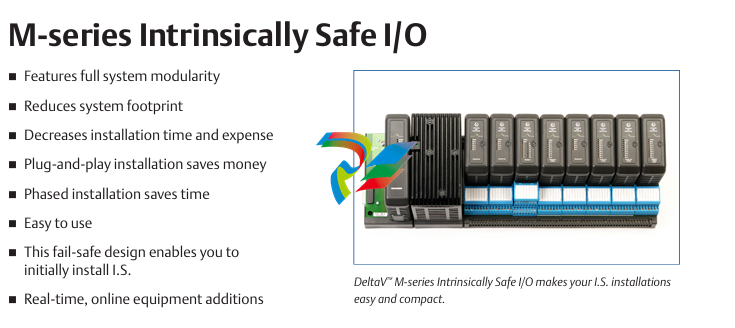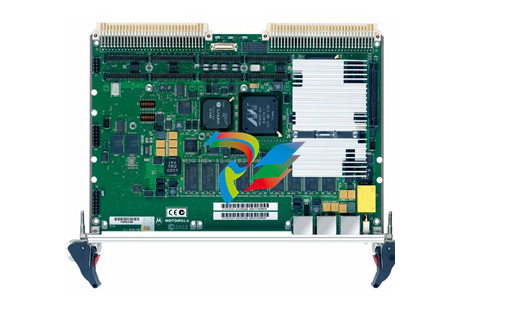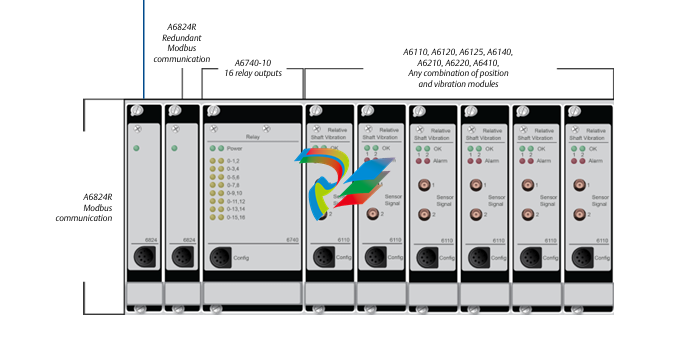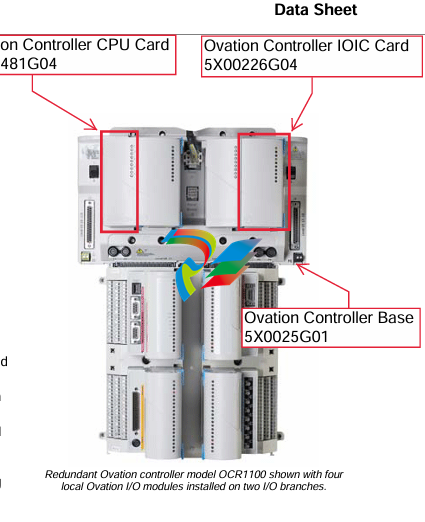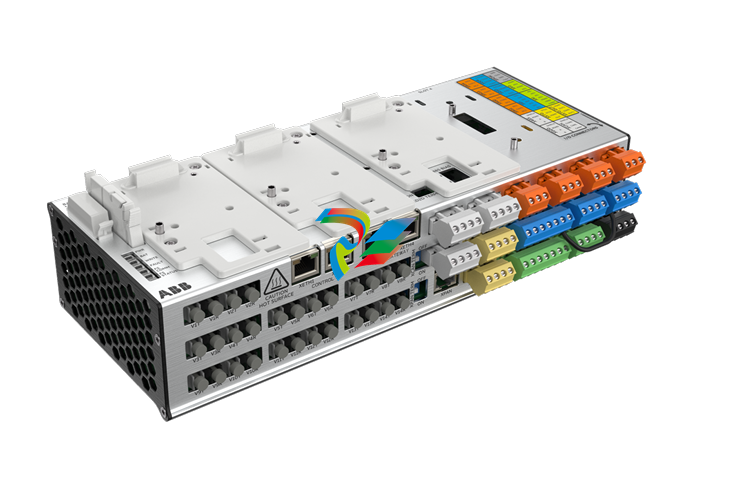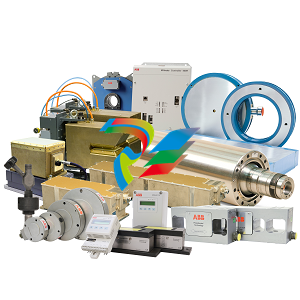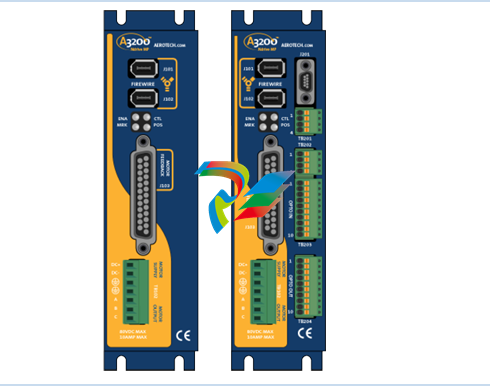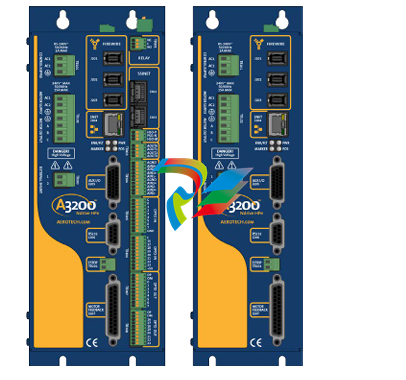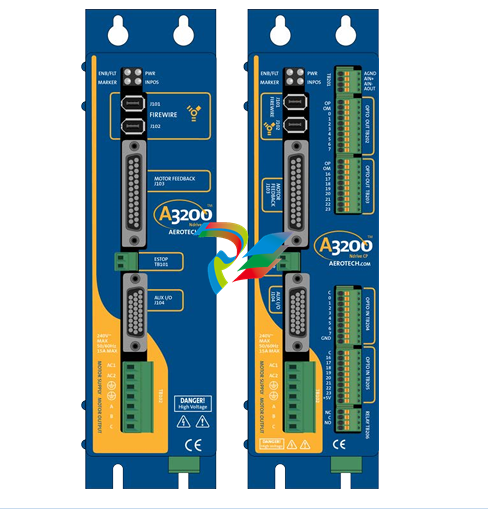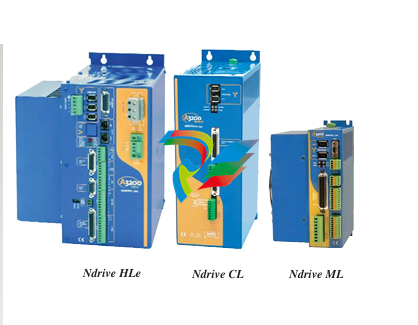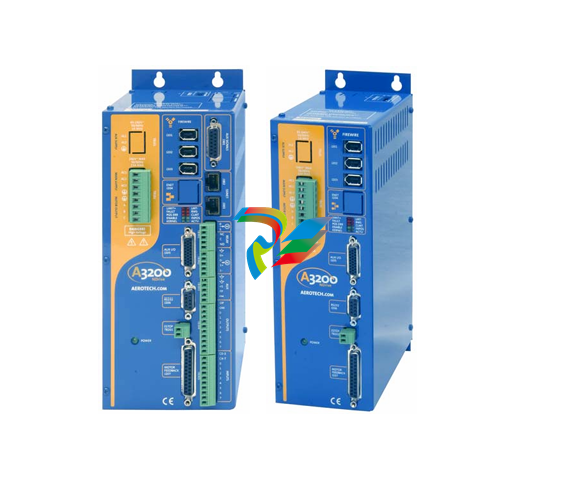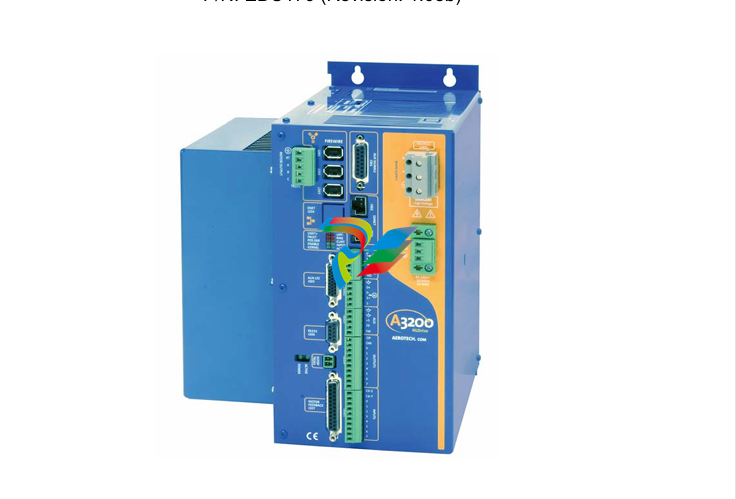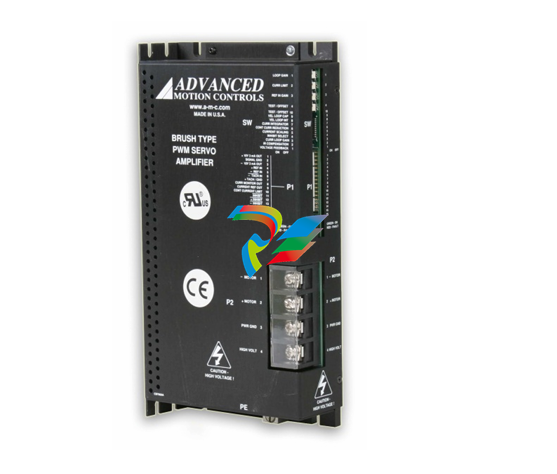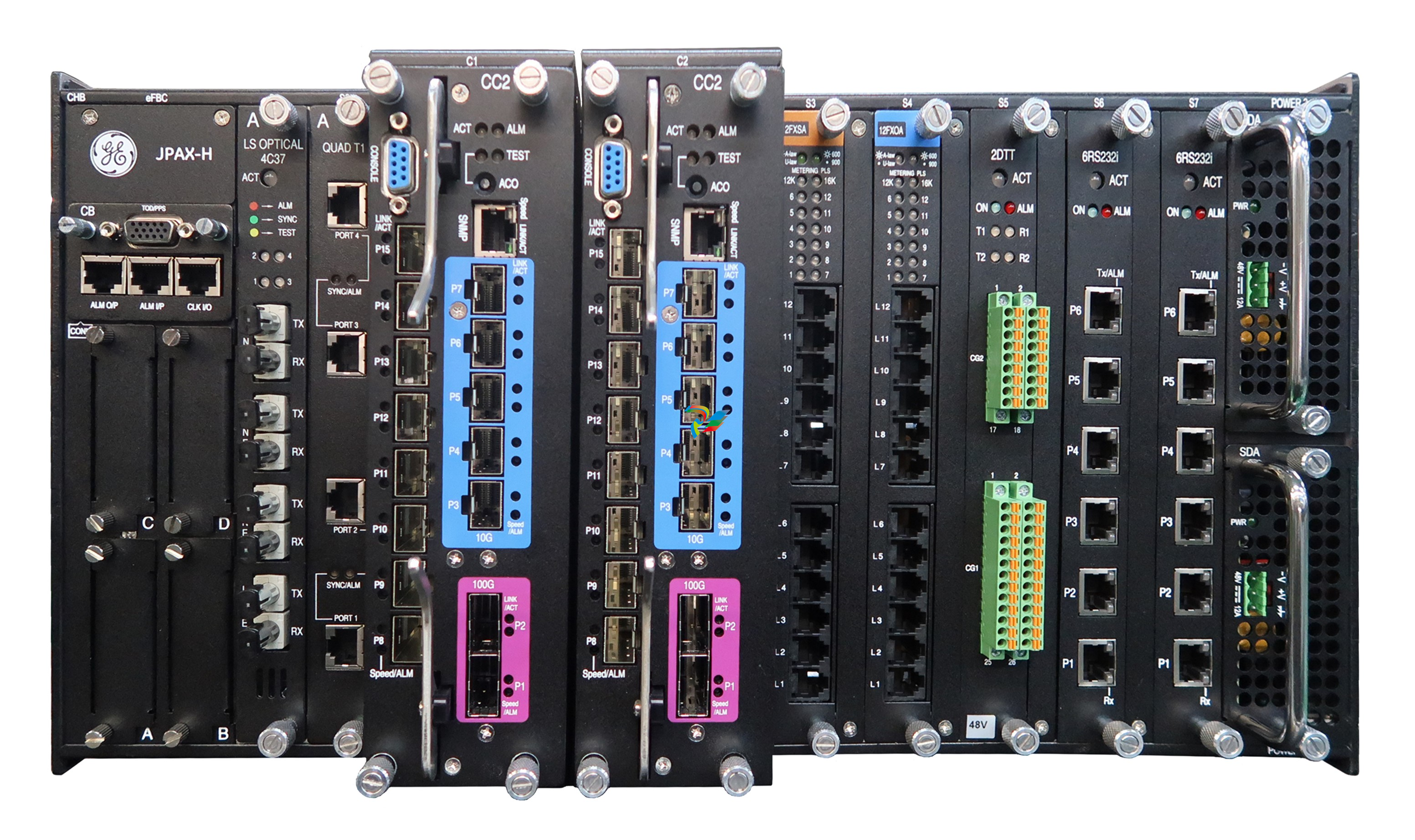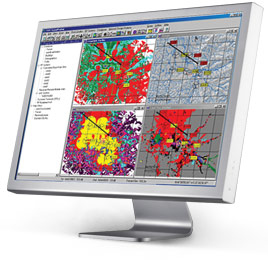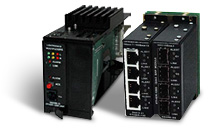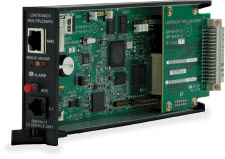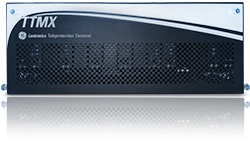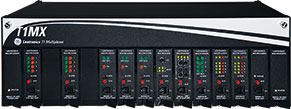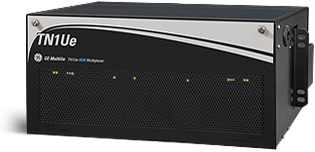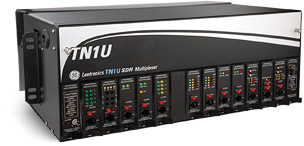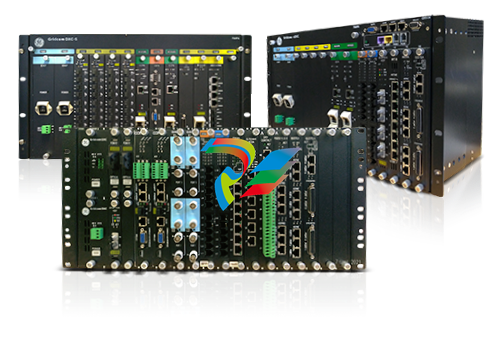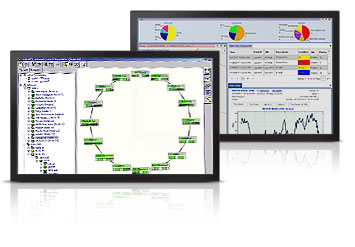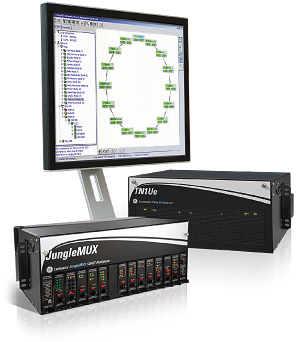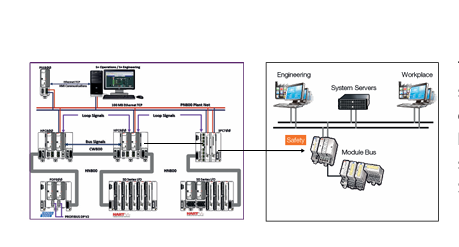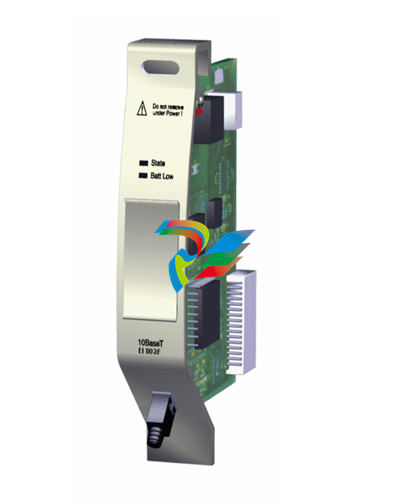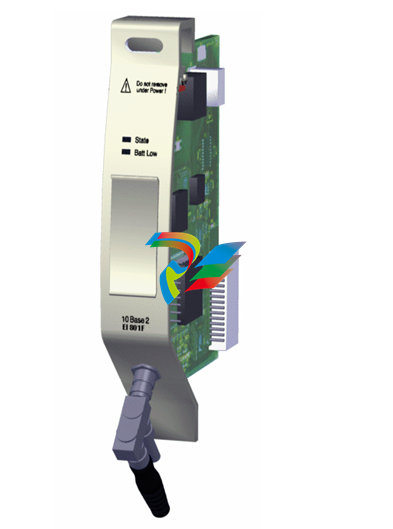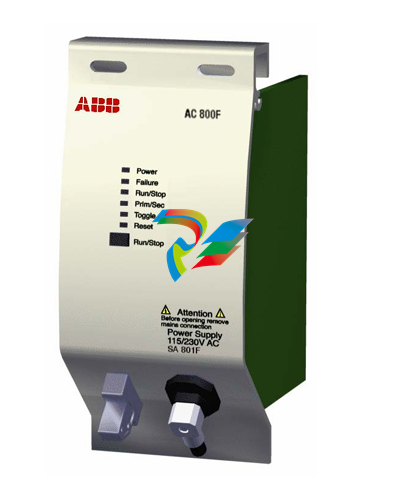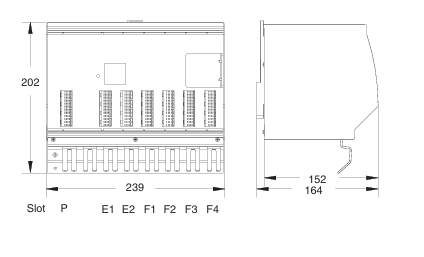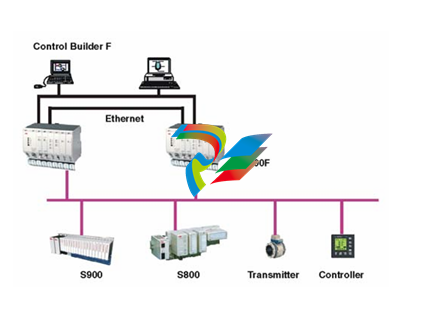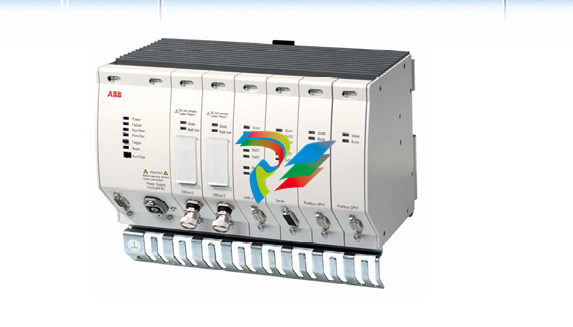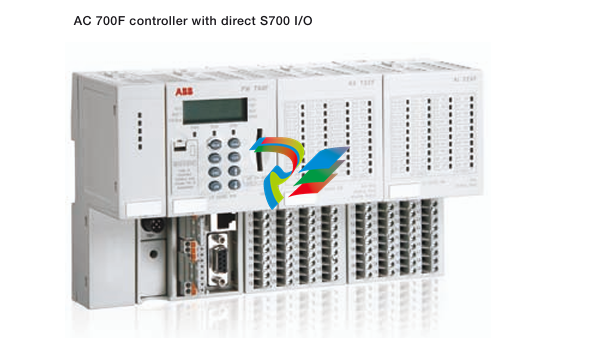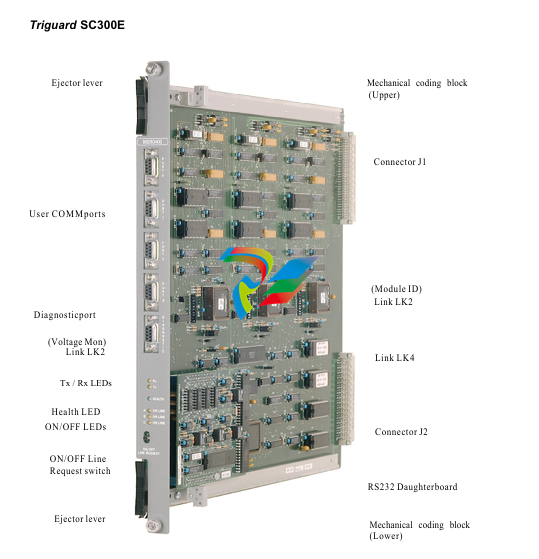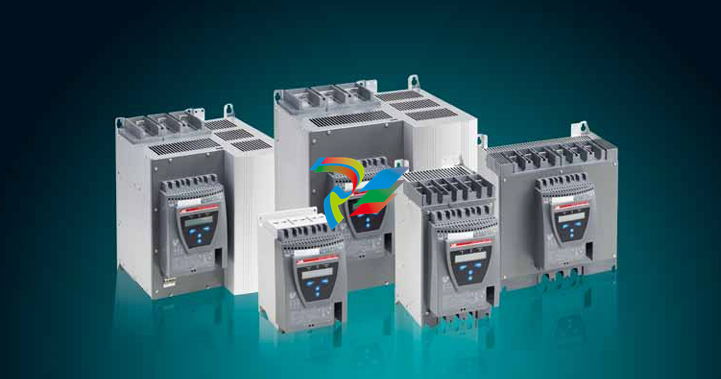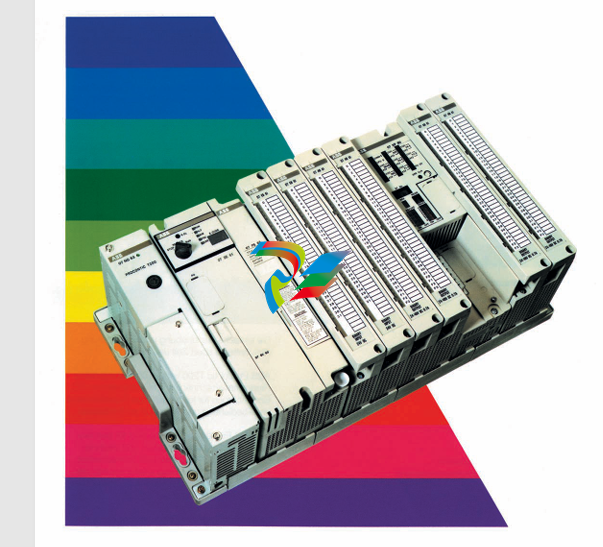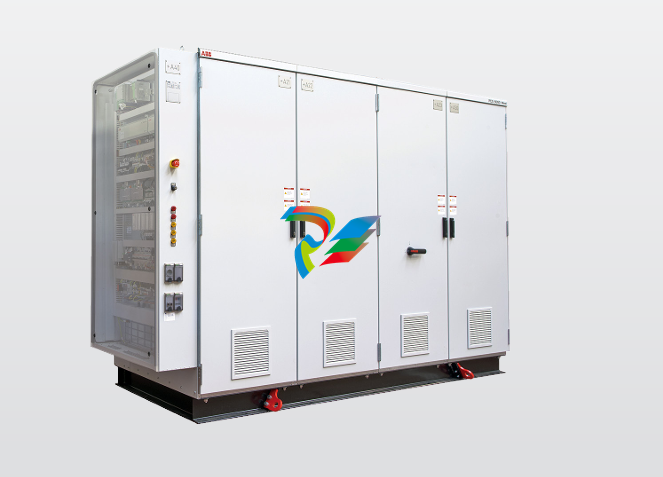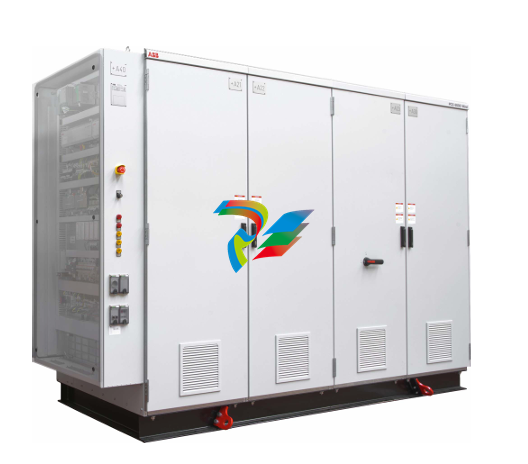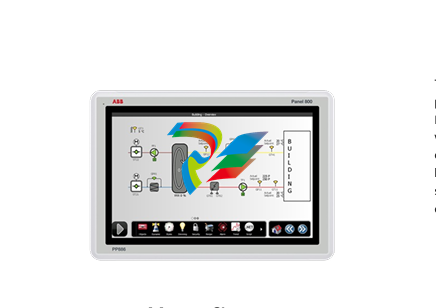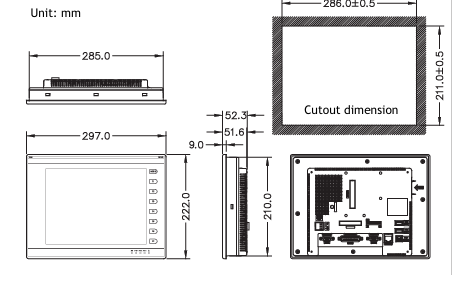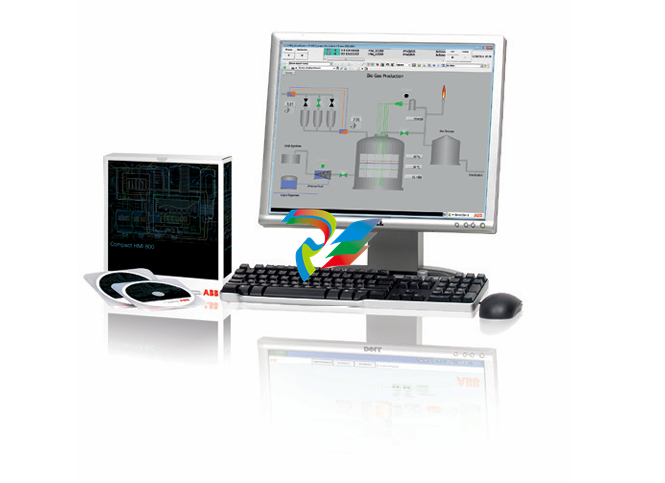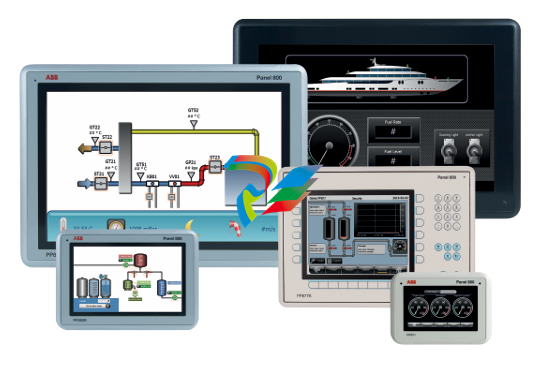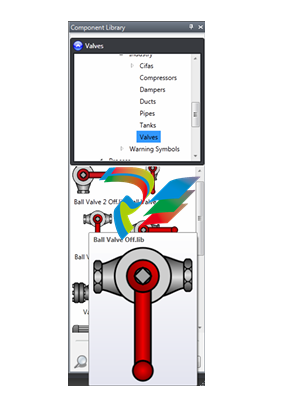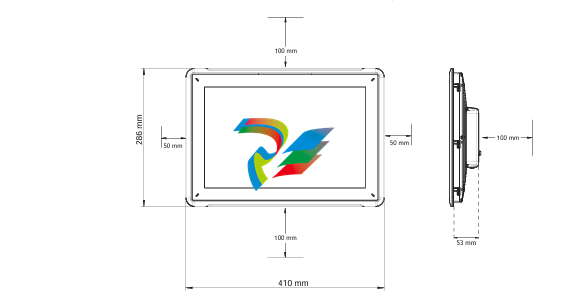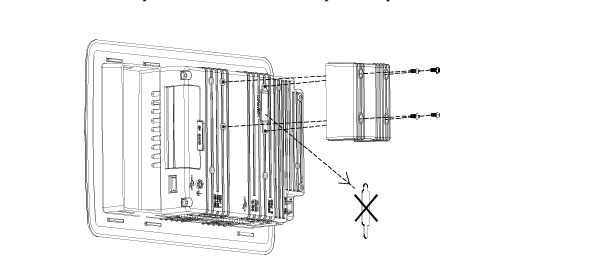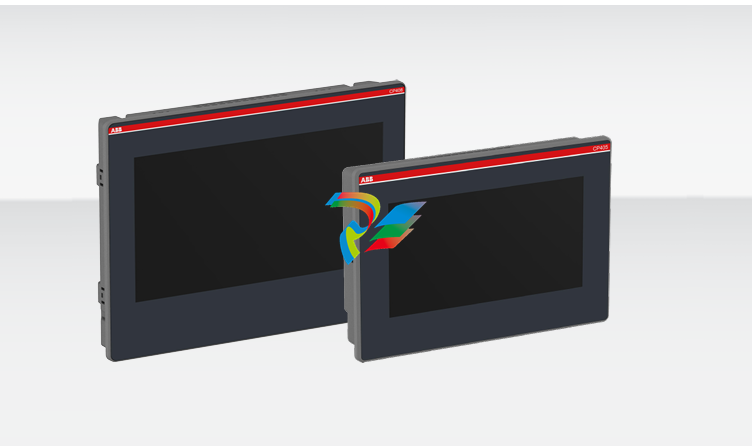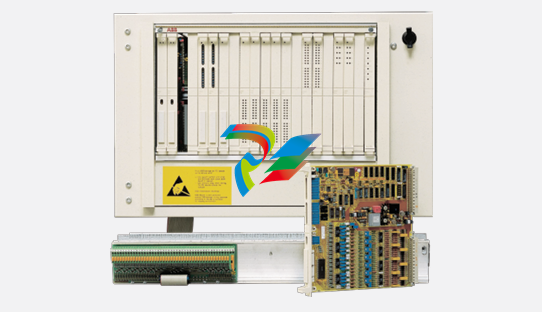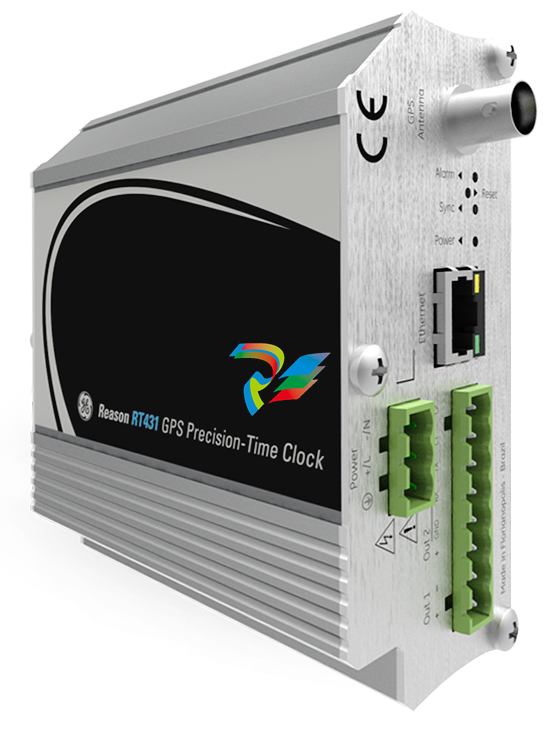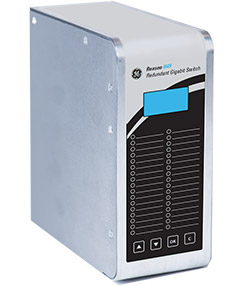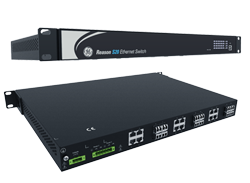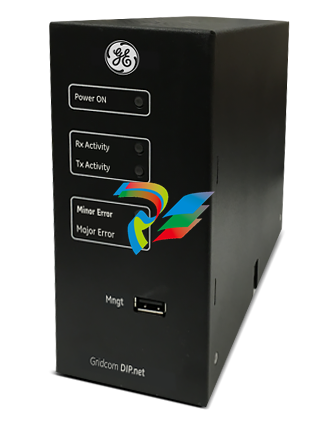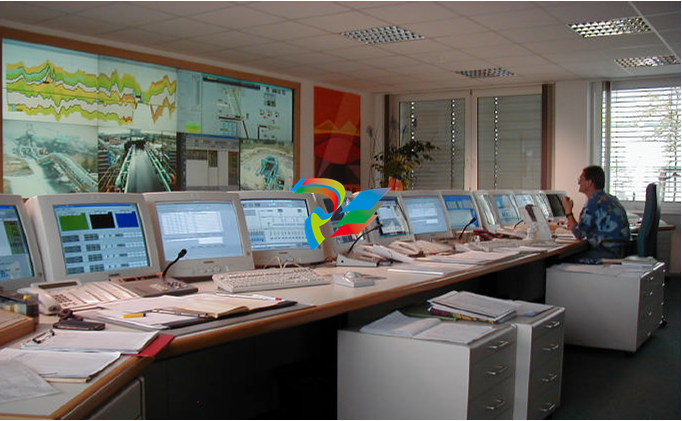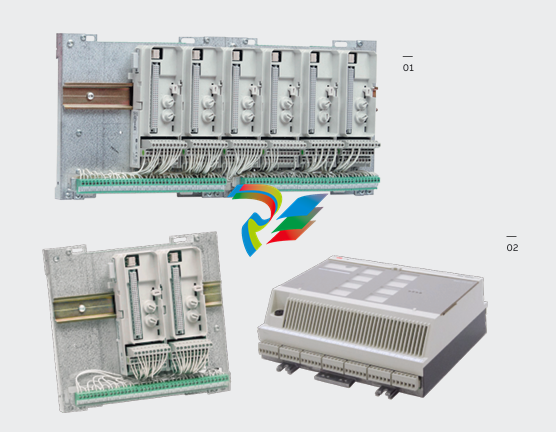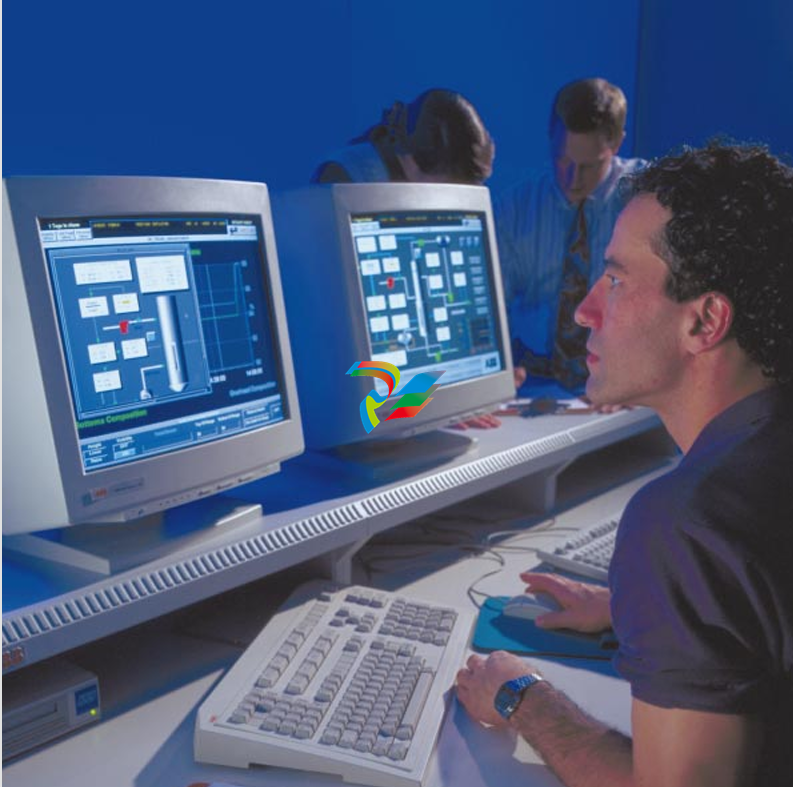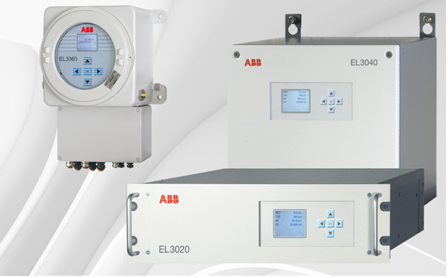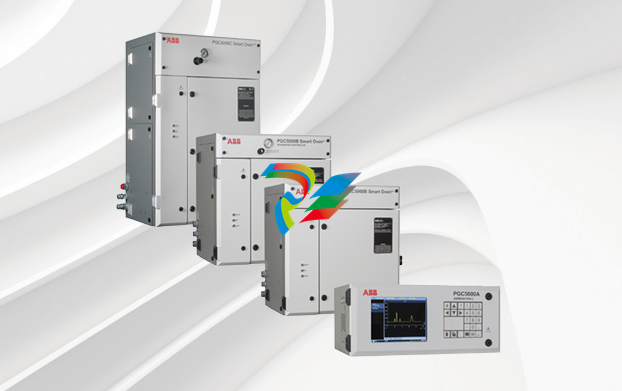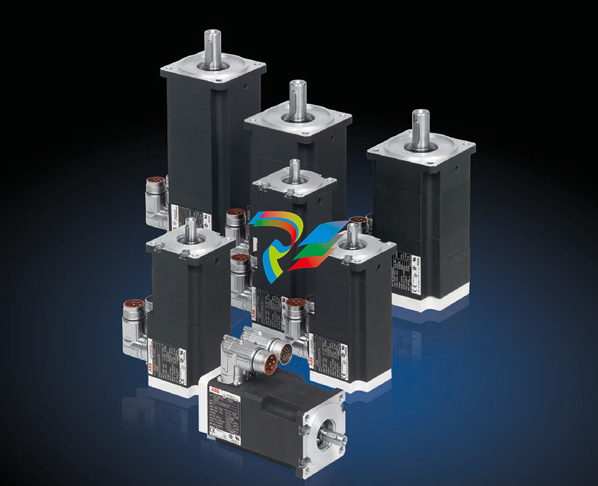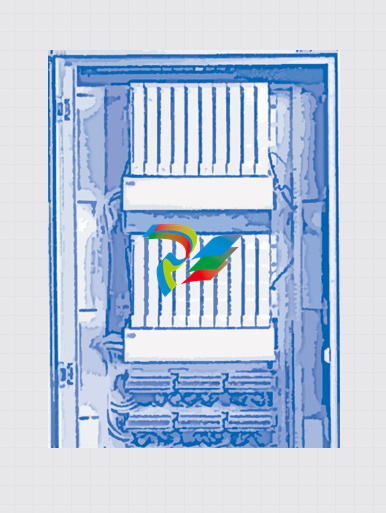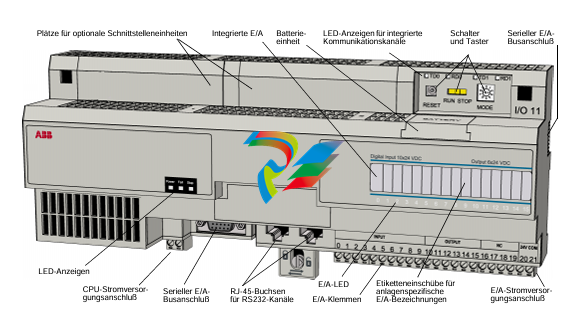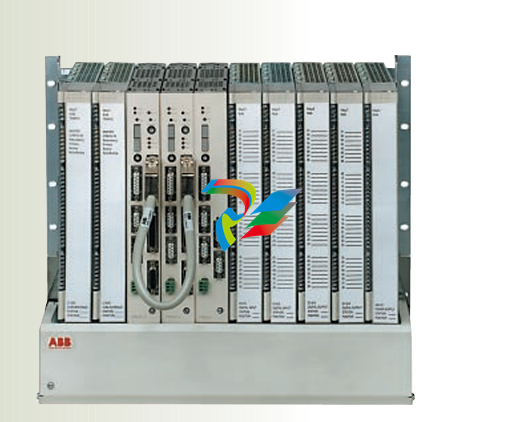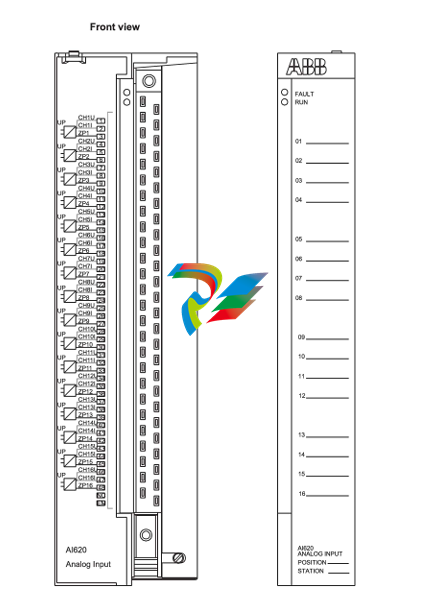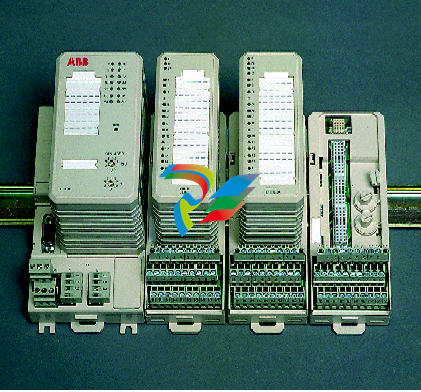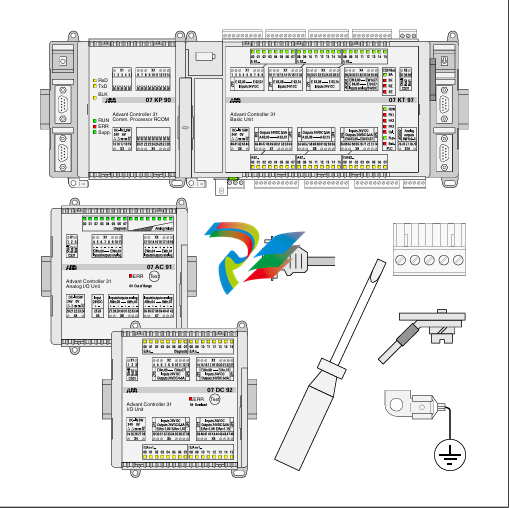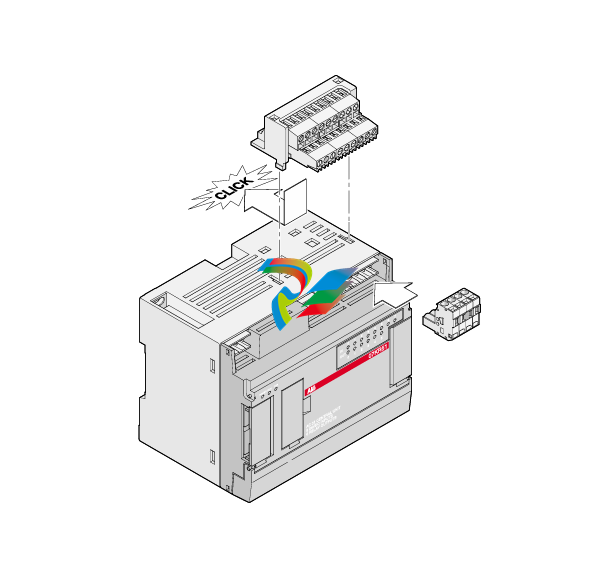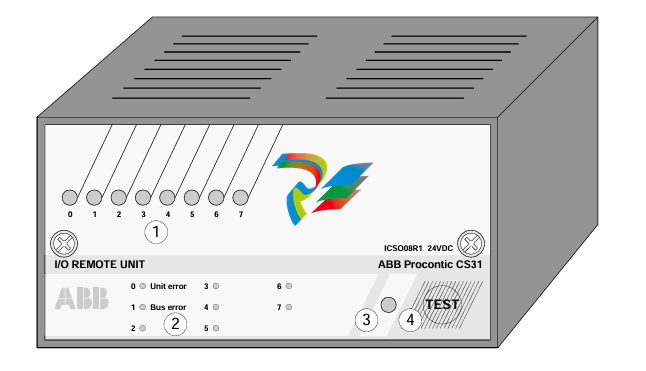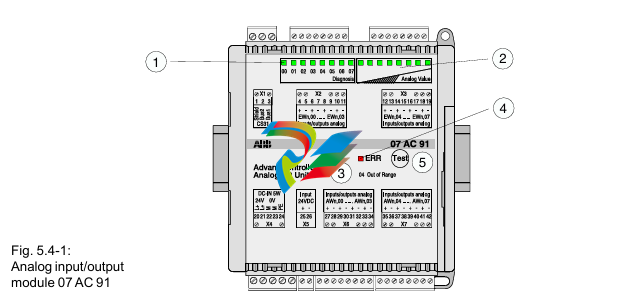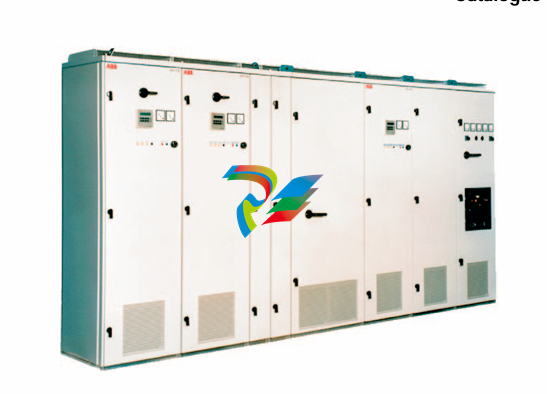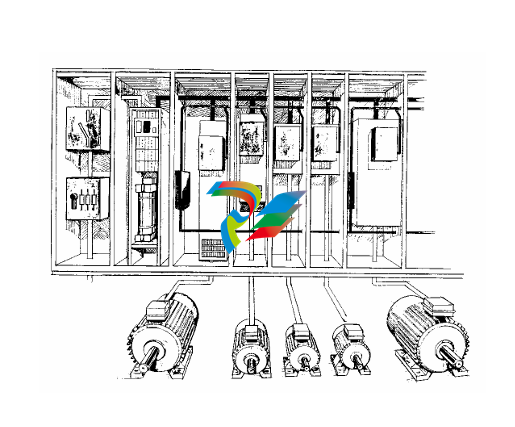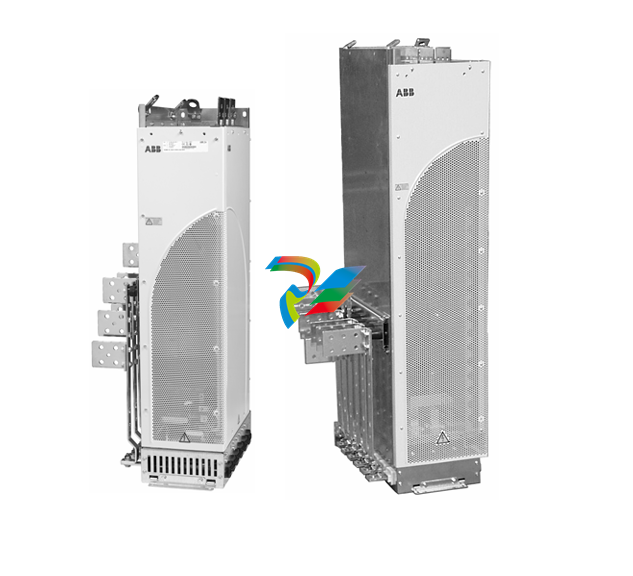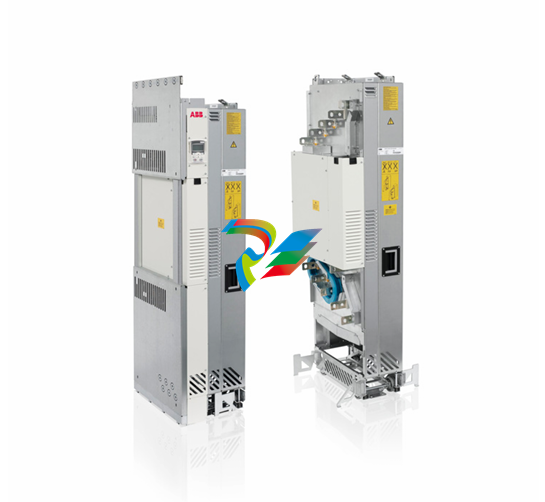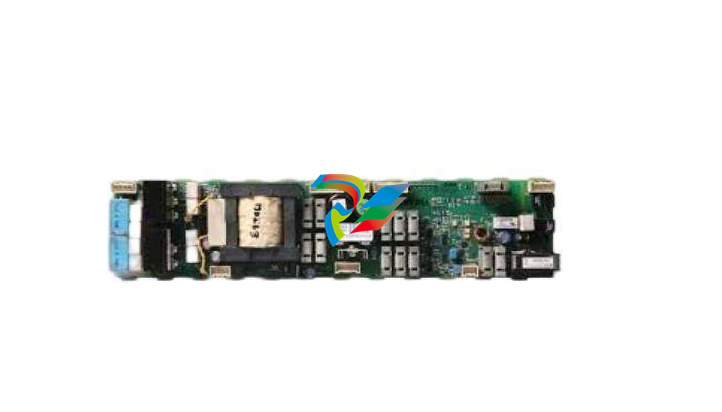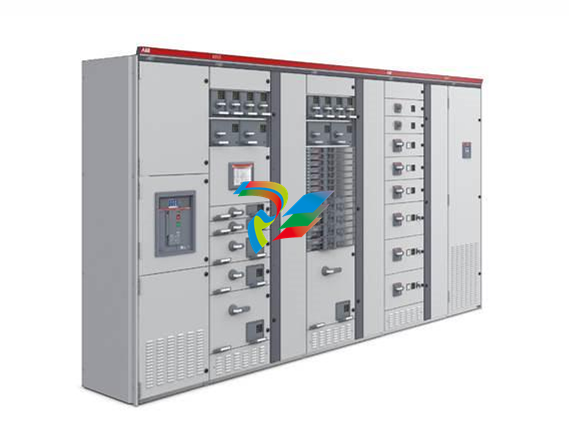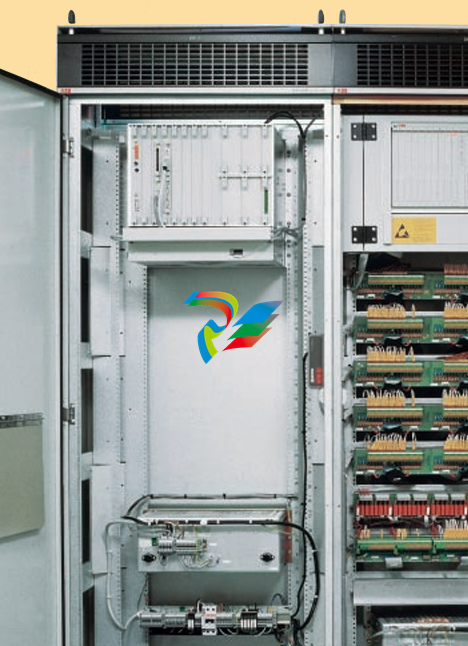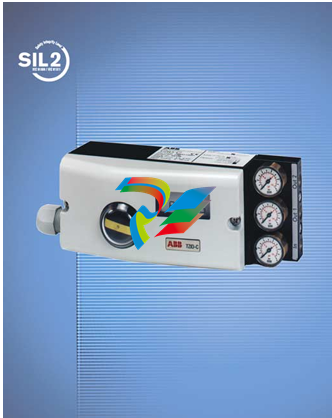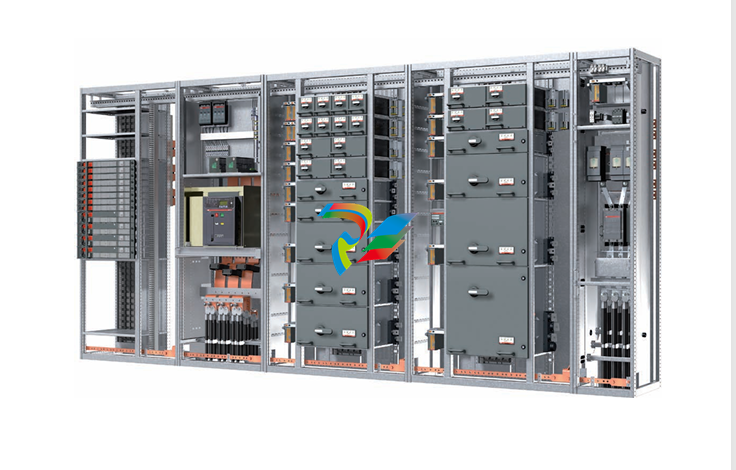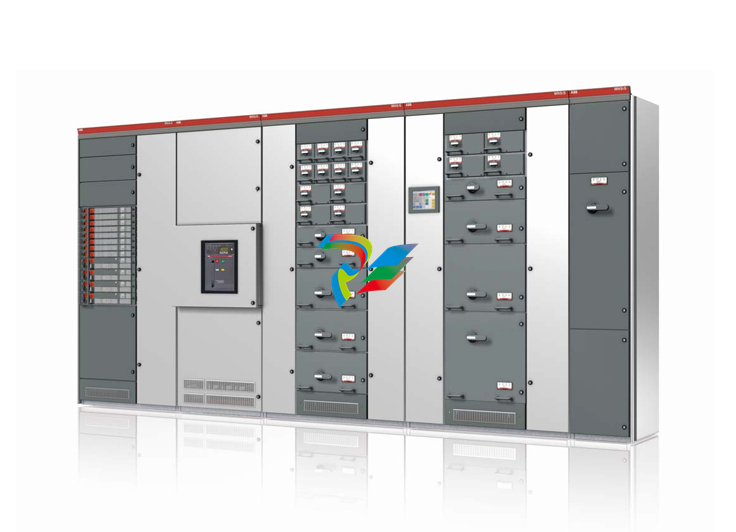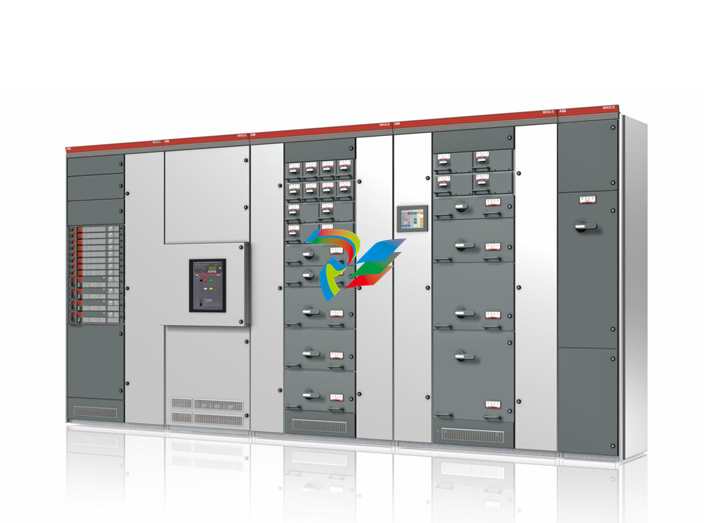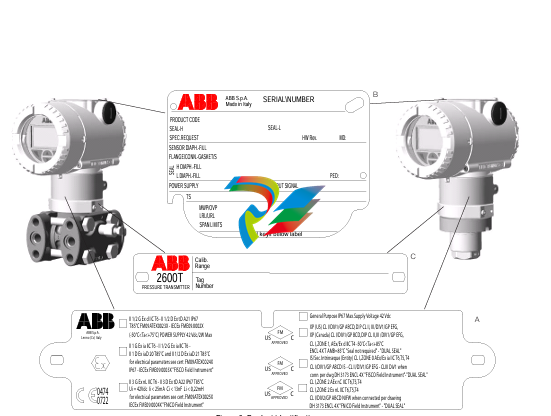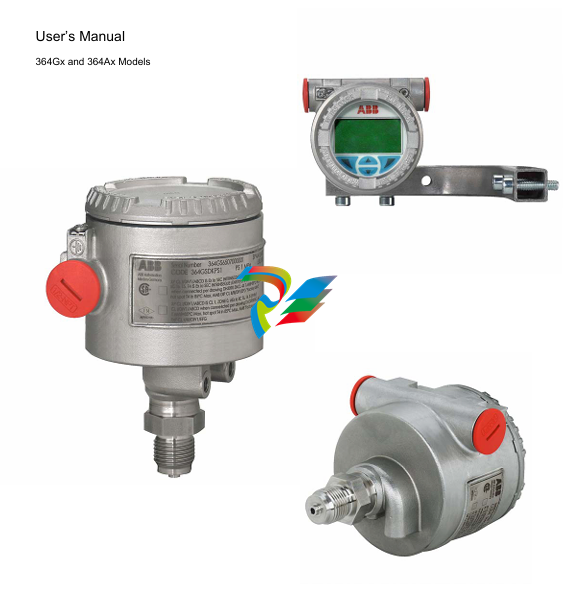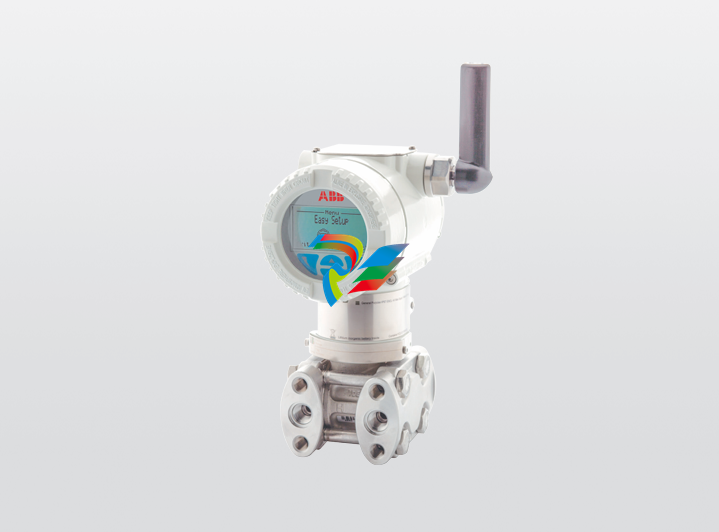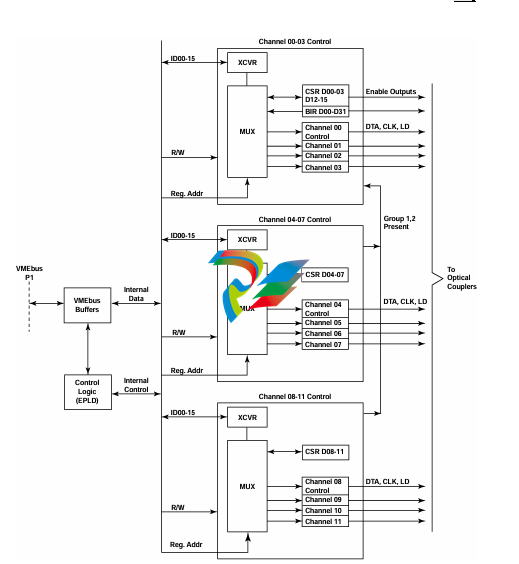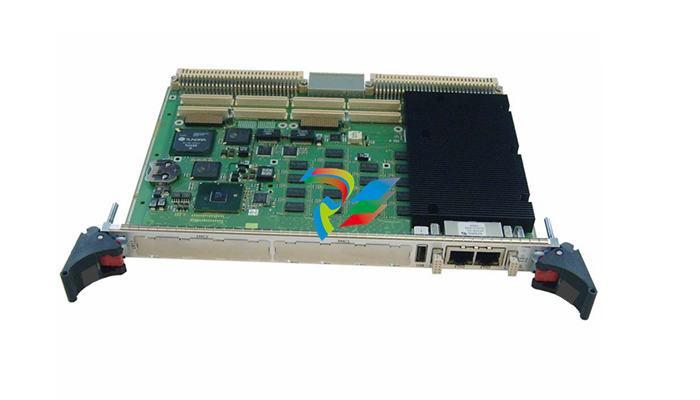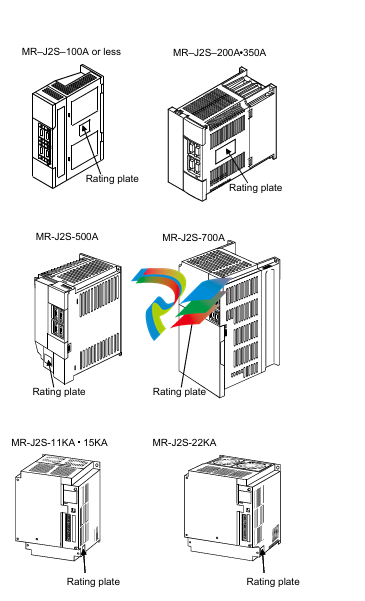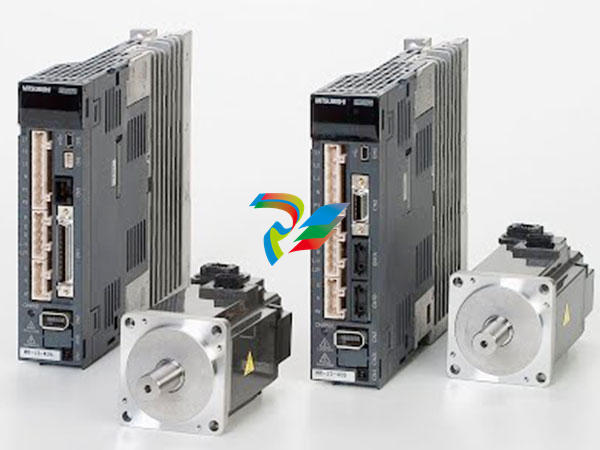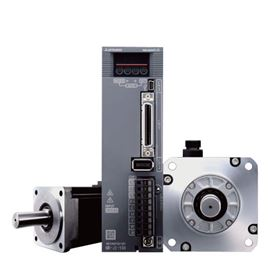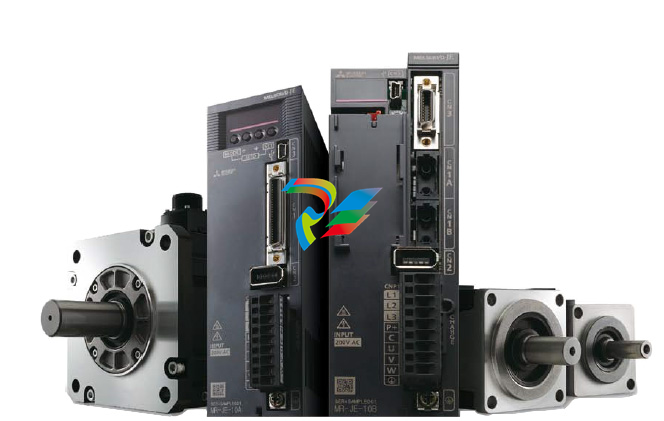
### Introduction to Current Monitoring Relay
A current monitoring relay is an essential electrical device that plays a crucial role in various electrical systems and industrial applications.
### Design and Construction
It is typically housed in a compact and sturdy enclosure, usually made from materials like durable plastics or metals to protect the internal components from environmental factors such as dust, moisture, and mechanical impacts. Inside, it consists of precise current sensing elements, which are often based on technologies like Hall effect sensors or current transformers. These sensors are carefully calibrated to accurately measure the electrical current flowing through the circuit to which the relay is connected.
The relay also contains electronic circuits for signal processing and comparison. These circuits take the sensed current signal, amplify it if necessary, and then compare it with preset threshold values. Additionally, there are mechanical or solid-state switching components that are actuated based on the result of this comparison.
### Functional Capabilities
The primary function of a current monitoring relay is to continuously monitor the current in an electrical circuit. It can detect both overcurrent and undercurrent conditions. For instance, when the current exceeds a predefined upper limit (set by the user or according to the application's requirements), it can trigger an alarm or immediately open a contact to interrupt the circuit, thus protecting the connected electrical equipment from damage due to excessive current, like motors, transformers, or electrical appliances.
Conversely, it can also detect if the current drops below a certain lower limit, which might indicate a problem such as a broken wire or a faulty load. In such cases, it can send a signal to alert operators or initiate appropriate corrective actions.
Moreover, some advanced current monitoring relays offer additional features like adjustable threshold settings, allowing for customization depending on the specific characteristics of the circuit being monitored. They may also have communication interfaces that enable integration with other control systems or monitoring devices, facilitating remote monitoring and control of the electrical circuit.
### Application Areas
In industrial manufacturing, it is widely used to protect machinery and production line equipment. For example, in a factory with conveyor belts driven by motors, the current monitoring relay can ensure that the motors don't draw too much current during operation and stop them if an abnormal current is detected, preventing motor burnout.
In power generation and distribution systems, it helps monitor the current in various electrical lines to safeguard transformers, generators, and distribution panels. In building electrical systems, it can be employed to protect lighting circuits, elevators, and air conditioning units by detecting and responding to abnormal current levels.

### Advantages
One significant advantage is its ability to provide early warning and protection against current-related issues, reducing the risk of equipment damage and downtime. Its adjustable settings make it adaptable to different electrical circuits with varying current requirements. The communication capabilities enhance the overall management and maintenance of electrical systems by enabling real-time monitoring and quick response to potential problems.
In conclusion, the current monitoring relay is a vital component in electrical systems, contributing to their safety, reliability, and efficient operation through its monitoring and protective functions.
| User name | Member Level | Quantity | Specification | Purchase Date |
|---|





